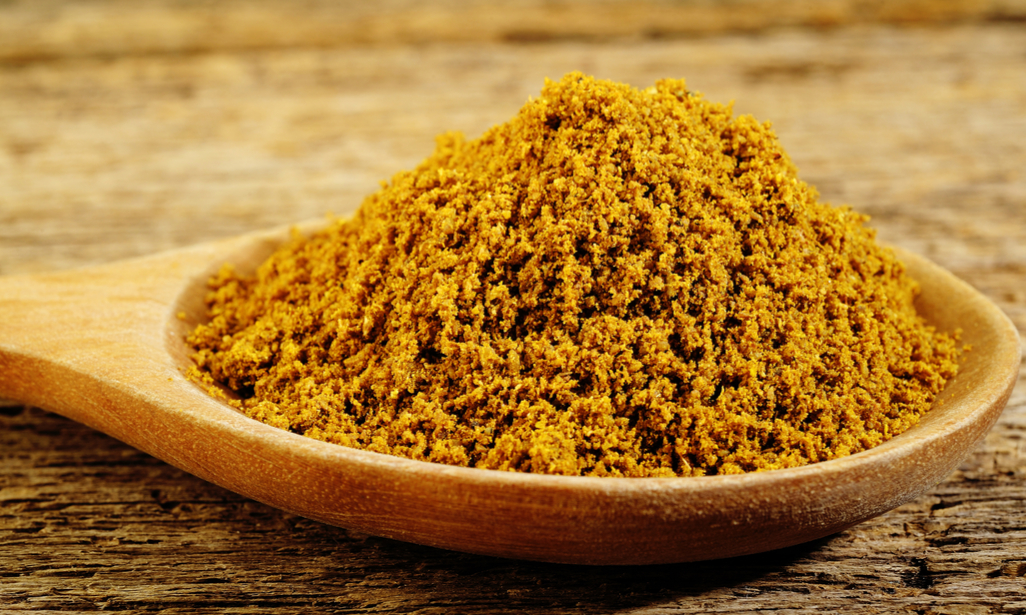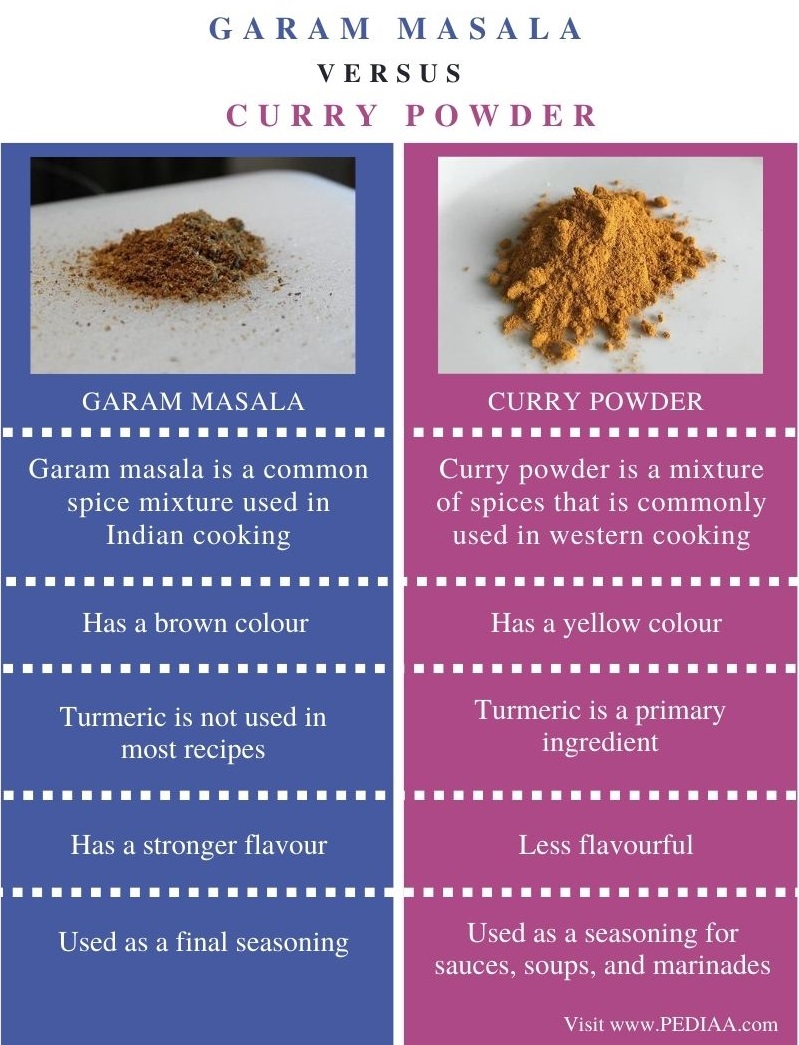
Spice Rack Mysteries: Is Masala Just Another Curry Powder?
Digging into the Spice Confusion
Ever stood in the spice aisle, utterly bewildered by “masala” and “curry powder”? You’re not alone. It’s a question that’s tripped up plenty of home cooks, and even some folks who really know their way around a kitchen. Are they twins? Distant cousins? Or completely different spice families? Let’s get down to the nitty-gritty and sort this aromatic mess out. Turns out, it’s a bit like asking if all soups are the same – there’s more to it than meets the nose.
In your average Western grocery store, “curry powder” is usually presented as this one-size-fits-all spice blend, your ticket to that warm, slightly sweet flavor we associate with Indian food. But here’s the kicker: head to India, and you’ll find they don’t really do a single “curry powder.” Instead, they’ve got “masalas,” each one a carefully crafted mix, tailored to specific dishes and the tastes of different regions. And that, my friends, is where the real difference lies.
Think of “curry powder” like a pre-made, all-purpose seasoning – handy, but not exactly haute cuisine. “Masala,” on the other hand, is more like a custom-made blend, shaped by the cook’s own preferences and the recipe they’re working with. A masala can have all sorts of spices, from the usual suspects like turmeric and coriander to the more exotic stuff like black cardamom and asafoetida. It’s this variety that makes Indian cooking so darn interesting.
And let’s not forget about freshness. Store-bought curry powder, while convenient, often can’t hold a candle to a freshly ground masala. The oils in spices are what give them their flavor, and they fade over time. In India, it’s common to roast and grind spices right before cooking, which makes a world of difference. It’s a bit more work, sure, but the end result? Totally worth it.

Masala’s Many Faces: A Regional Flavor Trip
Exploring the Spice Rainbow
“Masala” just means “mixture of spices” in Hindi, which tells you right away how broad the term is. Every region, and sometimes even every family, has its own special masala recipes, passed down like treasured heirlooms. These blends aren’t just spices; they’re a taste of culture and tradition.
Take garam masala, a staple in North India, with its warm mix of cinnamon, cloves, cardamom, and black pepper. It’s usually added at the end of cooking to keep its aroma strong. Then there’s sambar masala from South India, tangy and a bit sour, thanks to tamarind and fenugreek. It’s amazing how masala changes to fit different tastes and climates.
And who could forget Goan vindaloo masala, with its fiery heat and sour kick from vinegar and red chilies? Or the delicate Bengali panch phoron, a mix of five whole spices – cumin, mustard, fenugreek, nigella, and fennel – usually sizzled in oil to release their fragrance. Each masala tells a story, a real slice of Indian culinary life.
Fresh ingredients like ginger, garlic, and green chilies add even more depth to masala. They’re often ground into a paste and mixed in, creating a symphony of flavors. It’s this focus on fresh, local tastes that sets masala apart from the standard “curry powder” we see in the West.

Curry Powder: A Western Take on Indian Spices
A Simpler Spice Solution
The idea of “curry powder” came about during the British Raj, as a way for the British to bring Indian flavors back home. It was a simplified, ready-made blend, designed for convenience. It’s practical, but it often lacks the complexity of real masala.
Usually, curry powder has turmeric, coriander, cumin, and chili powder as its base. Sometimes, you’ll find ginger, mustard, and fenugreek thrown in too. But the ratios and quality of these spices can vary a lot, which means the flavor can be all over the place. It’s hard to get consistent results.
One of the big drawbacks of pre-made curry powder is that it loses its freshness. Spices fade over time, and you end up with a less flavorful blend. This is especially noticeable when you compare it to freshly ground masala, where the flavors really pop. Convenience comes at a cost, you see.
Curry powder has its uses for quick meals, but it’s important to know its limits. It’s a simplified version of Indian spices, not the real deal. To really taste the richness of Indian food, you need to explore the different regional masalas.
Spice Blending 101: Making Your Own Masala
Your Personal Spice Adventure
One of the coolest things about cooking with spices is making your own masalas. You can tweak the flavors to suit your taste and the dish you’re making. Start by getting to know the basics – the base spices, the aromatics, and the heat.
Play around with different combinations and amounts to find your favorites. If you like it sweet, add more cinnamon and cloves. If you want it hot, up the chili powder or cayenne. Don’t be afraid to mix things up; some of the best masalas come from unexpected combos.
Grinding your own spices from whole is a game-changer. The difference in flavor is huge. A simple spice grinder or mortar and pestle will do the trick. Roasting the spices before grinding them adds even more flavor. It takes a bit more time, but it’s totally worth it.
Storing your homemade masalas right is key to keeping them fresh. Use airtight containers and keep them in a cool, dark place. Label them with their names and the date you made them. This way, they’ll stay tasty for longer. Making your own masalas is like going on a spice adventure, with endless possibilities.

Cooking with Masala and Curry Powder: When to Use What
Spice Choices for Every Occasion
Knowing when to use masala or curry powder depends on what you’re aiming for and how much time you have. For quick meals, curry powder is handy. It’s good for simple dishes like veggie curries or lentil soups. But for more authentic and complex dishes, a specific masala blend is the way to go.
When using masala, think about which blend you’re using and what it’s for. Garam masala, for example, is best added at the end to keep its aroma. Other masalas, like sambar masala, are usually added earlier to let the flavors meld. Knowing your masalas is key.
If you’re not sure which masala to use, do some research. Look up recipes from the region you’re interested in. There are lots of resources and cookbooks out there. Trying different blends and recipes is the best way to learn and appreciate Indian spices.
In the end, it’s all about what you prefer and what you’re trying to achieve. Curry powder is convenient, but masala offers depth, complexity, and authenticity. Embrace the variety of Indian spices and enjoy the flavorful journey.
Spice FAQs: Masala and Curry Powder
Your Spice Questions Answered
Q: Can I swap curry powder for garam masala?
A: You can, but the taste will be different. Garam masala is a specific blend with warming spices, while curry powder is more general. It’s best to use the spices called for in the recipe.
Q: How long does homemade masala stay fresh?
A: If stored right in an airtight container in a cool, dark place, it can last up to six months. But the flavor will fade over time. It’s best to use it within three months.
Q: What spices are usually in masalas?
A: Common ones are turmeric, coriander, cumin, chili powder, and ginger. But the mix varies a lot depending on the region and recipe.